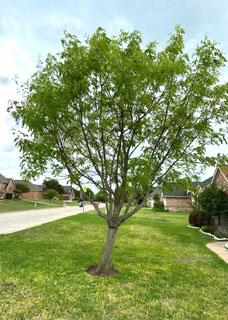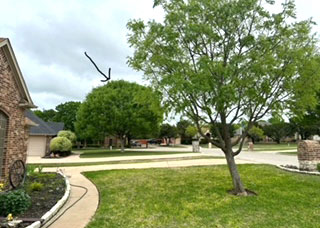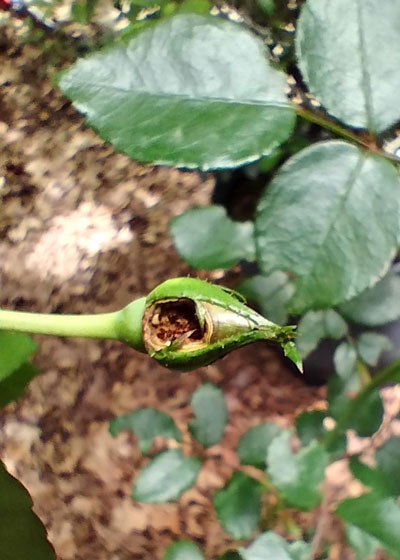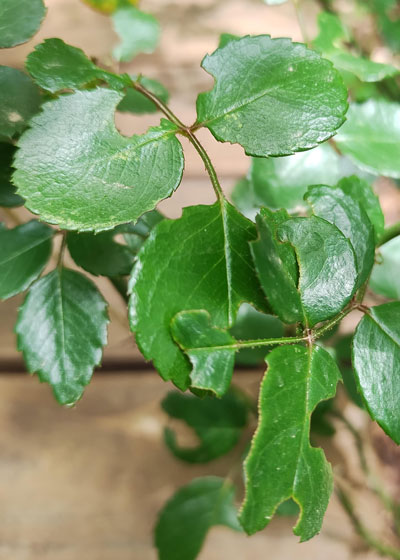Q&A – Ask Neil: April 18, 2024
(Please read these instructions carefully.)
Before you post your question, please look at recent issues to see if someone else has already asked it. You might find your answer there.
How to submit your question…
(Note: You may need to allow a pop-up window to come up in order to get the link for sending your photo(s). If you have already submitted your question and didn’t see the pop-up window, please click here.)
• Click the link provided below to post your question. After you submit your question, a new window will pop up giving you the address to which you can e-mail a SHARP, HIGH-RESOLUTION PHOTO to accompany your question. Please DO NOT SEND THUMBNAIL PHOTOS in case I need to zoom in to see things.
• Click here to post your question.
• Please ONLY POST YOUR QUESTION ONE TIME. We can only accept a set number of questions each week, and when we get duplicates it costs other people their chances.
• One question per reader, please.
• Please use this only for posting questions – not for standard emails.
• Watch for your answer in the following week’s e-gardens.
• I choose those of greatest general interest. For example, plant IDs seldom make the cut.
• I must have your first name or initials.
• I must have your city or county. (Texas is a very large state.)
QUESTION 1
OAKS ARE BEING PRUNED BUT NOT PAINTED. TO WHOM DO I REPORT IT?
Question: Oncor is pruning trees along the service line in my subdivision. Their website says they “will paint cuts made by hand and chainsaw on all oak species.” It is not being done. Should I report this to the County Extension Office in addition to Oncor? Kathleen M., Lindale, Smith County.
Answer: If that’s what their website says, it sounds like they have good intent. I served as Dallas County Extension horticulturist for several years, and I know that I would have had no clout with a utility company and its service arm unless they sought my help. Oncor has a huge responsibility of keeping lines clear, especially during the burst of spring growth. But they also have made the promise. Talk to their local Smith County or area manager and remind them of their promise, then watch to see that it is fulfilled. Social media may have more power than anything else if it becomes necessary.
QUESTION 2
WHAT DOES “RENOVATE OUR SOIL” MEAN?
Question: In the article about TARR in St. Augustine, it states that we might have to “renovate the soil.” What does that mean? How do you do that? I have always said our soil was not good. Cheryl. Garland.
Answer: You are referring to the information from the Alabama Extension people to which I provided a link, and you have a great question. In my effort to provide a synopsis in the tease I may have chosen the wrong wording. Perhaps it should have said “renovate the lawn.”
They were not encouraging on the hope of eliminating the take all root rot fungus from infected areas. They suggested maintaining a soil pH of 5.5 to 6.0. That will not be practical in Dallas County’s alkaline black clay gumbo soils.
They suggest that application of one bale of sphagnum peat moss per 1000 square feet of lawn area will be of benefit. I have personally seen that work wonders on my own lawn.
And, as for feeding, I will quote the Alabama people verbatim from that same bulletin to which I provided you the link: “Light monthly applications of nitrogen fertilizers or the use of a slow-release fertilizer to maintain moderate turf growth throughout the growing season is also recommended. Excessive nitrogen fertilization may contribute to disease development.”
It’s a difficult disease to combat. I hope that clarifies what I was trying to say.
QUESTION 3
IF THIS IS A CHINESE PISTACHIO, WHY WAS IT SLOW IN BUDDING OUT?
Question: I was told this is a Chinese pistachio. It has been very slow this year in budding out and putting on leaves. And it has never turned that beautiful red I heard about. Is it under stress? What can I do? Suzanne T., Weatherford.


Answer: It is a Chinese pistachio. The photo’s resolution isn’t very great, so I can’t zoom in much to see what’s happening, but it obviously was allowed to tilt after it was planted. That very well could have damaged the root zone/root flare. You also should examine the trunk for any evidence of sunscald on the west side between the lowest branches and the soil. There also is a great deal of variation from one pistachio tree to the next in terms of amount of foliage, date of leafing out, and fall color. It may just be genes. There is nothing you can do. I wish we could straighten the trunk, but you just need to leave it alone.
QUESTION 4
CAN I REPLANT WHERE A PECAN TREE WAS REMOVED AND ITS STUMP GROUND?
Question: We had a large pecan tree removed two years ago and had the stump ground. Can I replant the area now with shrubs and flowers or will the tree’s decomposing root system negatively affect the soil? Dee B., Pilot Point. Denton County.
Answer: When arborists grind stumps they often leave all the wood chips in place. Those need to be removed because they take several years to decay. During that time, they tie up all available nitrogen, plus once they’re gone, a hole is left where they have rotted. I would scoop them out and put them into your compost pile, then I would bring in fresh topsoil to match the rest of your landscape. Having done that, you can plant just as you normally would.
QUESTION 5
WHAT IS ATTACKING MY NEW DAWN ROSE? WHAT SHOULD I DO?
Question: My New Dawn rose is being eaten by something, both the buds and the leaves. What can I do? Lisa B., Mansfield.


Answer: The bud damage is caused by rose budworm (Pyrrhia umbra), the larval form of the sallow moth. It can be controlled with Bacillus thuringiensis biological worm spray. The holes in the edges of the leaves are caused by leaf cutter bees. The females cut the leaf tissues with their mouthparts and carry them to an abandoned faucet or other constricted space to build their nests. The adult bee does not feed on the leaves, and she is only there for a short while, so spraying is of no consideration. Their damage is mainly aesthetic. Just ignore it. Your plant will be fine.
QUESTION 6
HOW SOON CAN I PLANT BERMUDA SEED FOLLOWING APPLICATION OF 2,4-D?
Question: After applying 2,4-D amine to kill broadleafed weeds, how soon can I sow bermuda seeds in the same soil? Olga G-O, Dallas/Collin County.
Answer: You don’t have to wait on the 2,4-D to get out of the soil. You have to give it enough time to do its work. That would be as little as two weeks, perhaps a week or two longer depending on the weeds. To plant bermuda you’re going to need to rototill 2-4 inches, rake the soil, sow the seed, and water it at least once daily for a few minutes. None of that should be done until the herbicide has had fair time to complete its weedkilling job. That’s going to put you up into mid-May, which is perfect for sowing bermuda in Collin County.
QUESTION 7
WILL WINTERCREEPER HOLD UP IN THE SUN?
Question: I want to plant wintercreeper. None of our local nurseries stocks it. A horticulturist in Marble Falls said it can’t take the summer heat. Do you feel it will grow in San Antonio? I’m willing to drive to DFW to get it. Can you refer me to a nursery that stocks it? Mark M., Bexar County.
Answer: I will guarantee you that it will grow in our Texas sun and heat. It outperforms Asian jasmine in two ways. First, it survives dry times better and second, it survives cold winters in every corner of Texas. That’s of less concern to you in San Antonio, but purple wintercreeper euonymus will survive temperatures far below 0F in North Texas and the Panhandle.
As for sources, it has caught on so strongly that many nurseries are simply sold out. I would suggest that you talk to nursery owners or managers who do the buying. If they don’t have it, ask them to order it for you and to let you know when it’s available.
